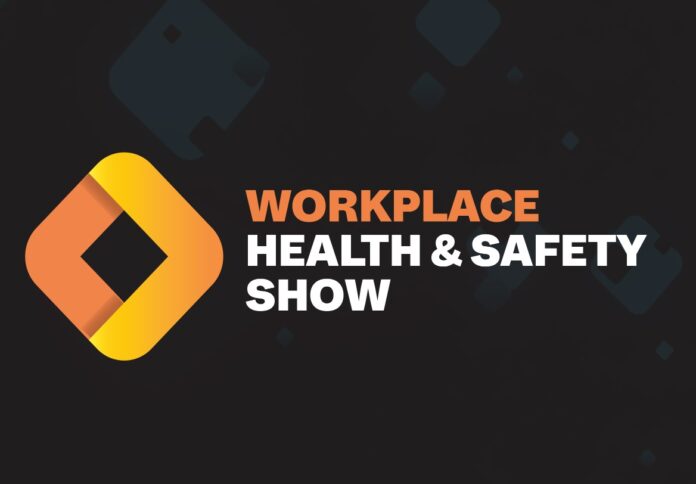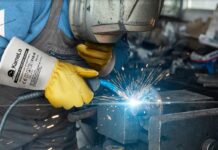
Businesses need to re-think the design of workplace processes in order to protect workers from crystalline silica (silica) dust exposure, according to Kate Cole, head of the External Affairs Committee of the Australian Institute of Occupational Hygienists.
Cole, who is slated to present at the upcoming Workplace Health and Safety Show, emphasised that using personal protective equipment (PPE) alone to protect workers from silica dust exposure is not enough and businesses should always look into implementing “higher-order” control measures.
This involves the design of processes that will replace silica-containing materials with no-silica products. If unavoidable, Cole said it is imperative to prevent the need to generate dust in the first place.
“Then we start to look at what’s known as ‘engineering’ controls, so the use of water for dust suppression, and/or on-tool ventilation or other types of ventilation to remove the dust. In some industries, even with all of these engineering controls, silica dust remains in the air, so PPE in the form of respirators is essential,” Cole said.
Exposure to silica dust has long been a known cause of lung disease and continues to present risks in various Australian industries and workplaces.
Workers are exposed to silica dust when materials containing silica are manipulated through industrial and manufacturing processes, such as cutting, drilling or crushing, which are common in various industries including mining, construction, tunnelling, demolition, pottery, and stonemasonry.
Exposure can result in the development of a wide range of diseases, including silicosis, Chronic Obstructive Pulmonary Disease, pulmonary fibrosis, rheumatoid arthritis, kidney disease scleroderma and lung cancer.
Approximately 100,000 cases of silicosis in Australia resulted from current exposures to respirable silica dust at work.
“The recent rise in cases of silicosis among workers in the stone benchtop industry highlights the high level of risk associated with engineered stone,” Cole said.
Cole is slated to present at the Workplace Health and Safety Show, which will be held in Sydney from 20 to 21 September.
“Kate’s presentation provides businesses and employees with a stellar opportunity to learn more about the risks associated with silica exposure, their legal obligations and the prevention and management of exposure,” said Marie Kinsella, chief executive officer of WHSS event organiser International Exhibition Group.
The two-day event features free interactive seminars, forums, and panels, as well as an exhibition of 130 brands showcasing safety tech, solutions, and services.
To register, visit https://www.whsshow.com.au/sydney/program.



















